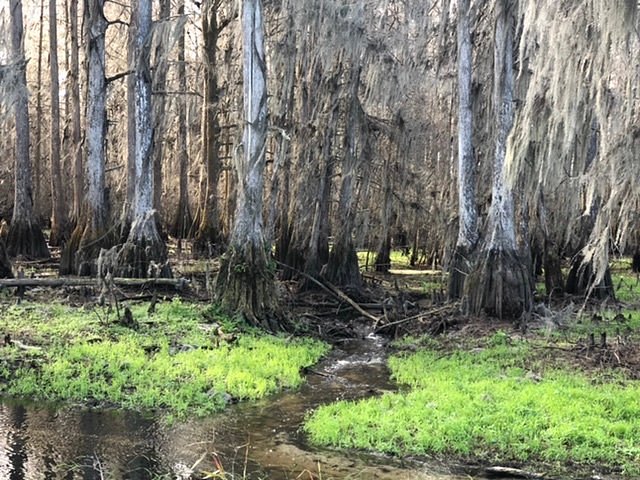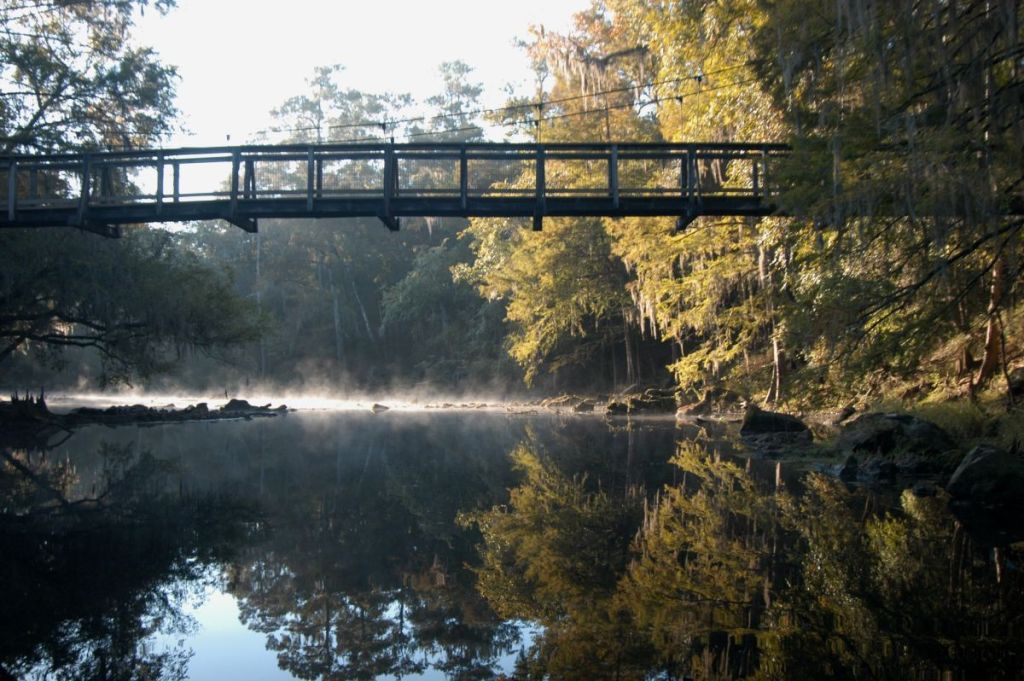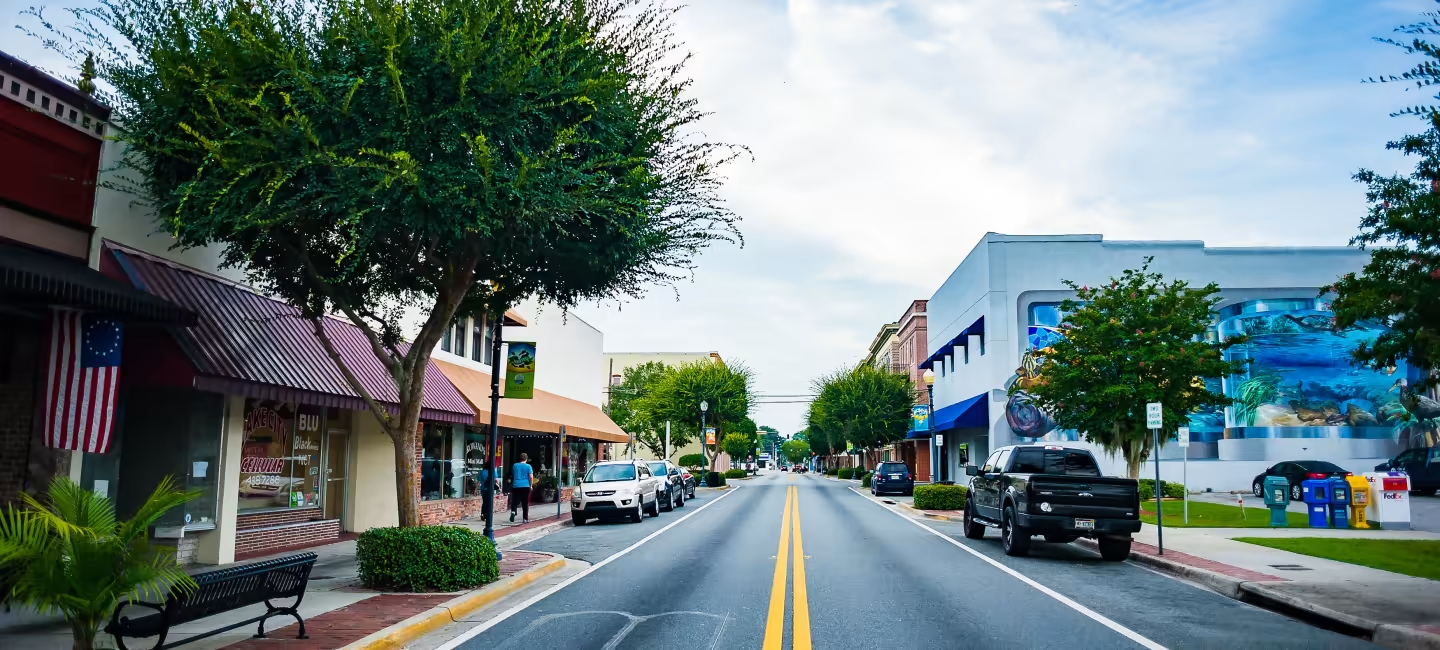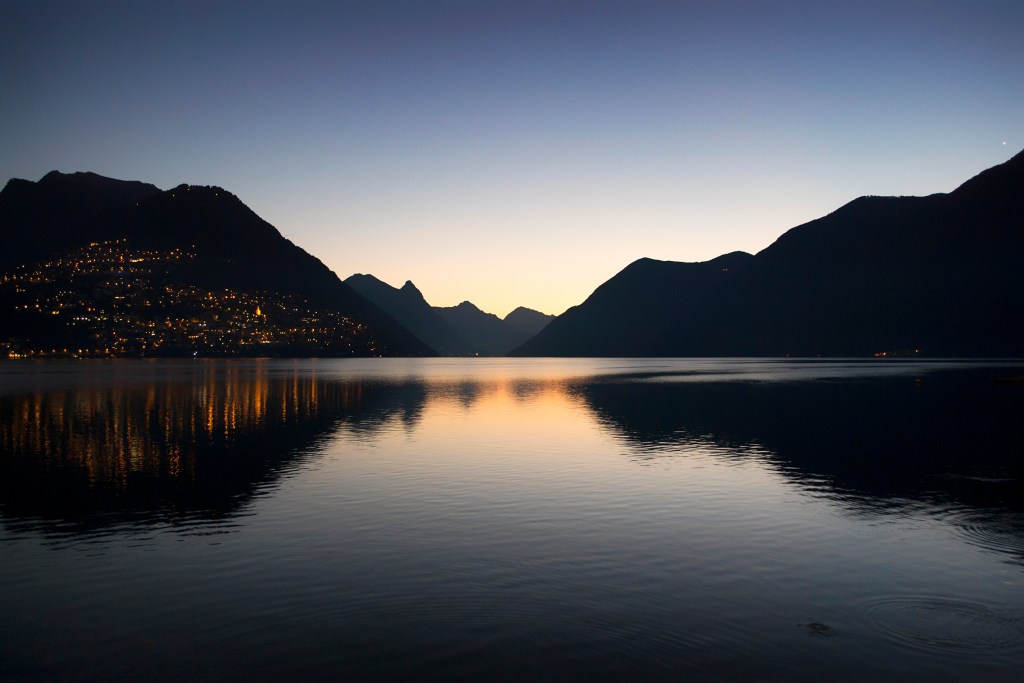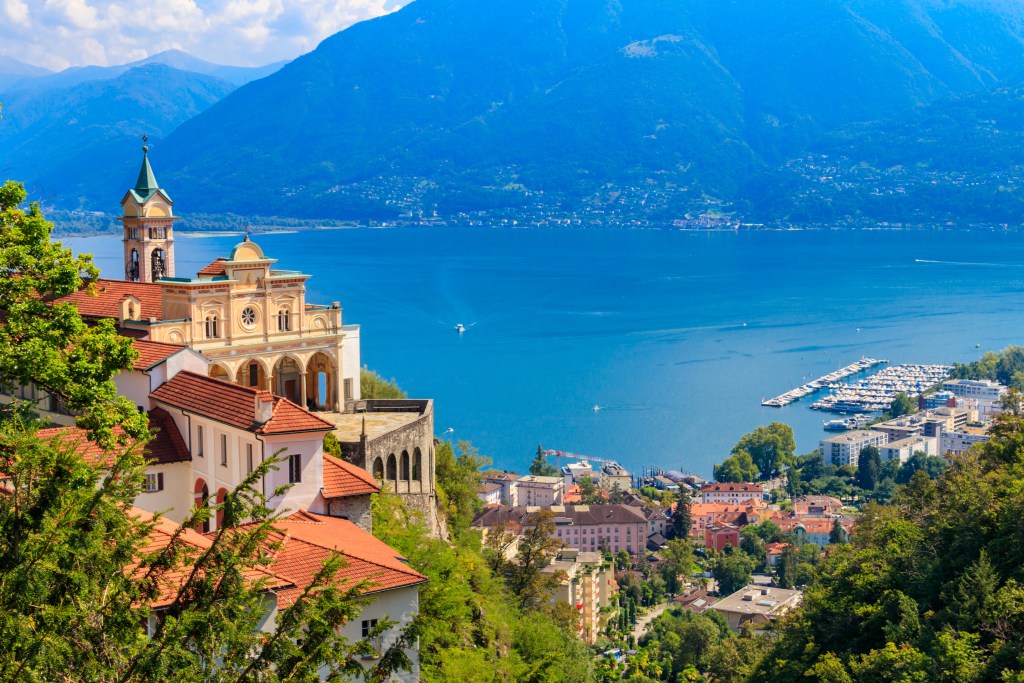Many Americans are skipping out on European adventures to head to Asia.
Asia is an increasingly popular continent for solo travelers who want to drop off the map for a more mind-blowing and cultural experience.
Though you’re probably thinking about the tropical beaches of Thailand or the bustling markets in India, Asia is the world’s most populous continent—which means wonders really do abound.
Unlike a solo trip to Europe, you won’t have nearly as many options to hop on a train and land in a different country within a few hours. That means you need to be more selective when looking for a suitable solo travel destination.
With 49 countries to sift through, it’s a lot of work to find the perfect landing spot for solo travel in Asia.
That’s probably a good thing if you like to study up on potential new adventures—but it might be daunting if you’re looking for an easy adventure as a green solo traveler.
This massive continent has dozens of distinct cultural experiences waiting for you. If you’re heading out on your first solo trip around Asia, try out these destinations. They’re gorgeous, safe, and have well-trodden tourist tracks for you to hop on.
Best cities for solo travel in Asia at a glance
- Best budget stop: Chiang Mai, Thailand
- Splurge-worthy destination: Singapore
- Best eats: Taipei, Taiwan
- Most unexpected culture: Varanasi, India
- Chillest vibes: Kyoto, Japan
- Big-city wonders: Chongqing, China
Best cities for solo travel in Asia
Best budget stop: Chiang Mai, Thailand

Thailand is one of the most accessible destinations for solo travel in Asia thanks to its well-rounded tourist infrastructure.
Despite the fact that Thai culture, language, and customs are very different than Western sensibilities, locals are renowned for their patience and hospitality. You’ll notice that Chiang Mai has a particularly welcoming atmosphere and highly affordable prices that younger travelers will appreciate.
Despite its low prices, you’ll be able to put together the trip of a lifetime. From its dozens of temples to its wildlife sanctuaries to its traditional sak yant tattoo artists, you can sample the very best of Southeast Asia in this jungle outpost.
Just be prepared to trade off those tropical beaches—Chiang Mai is squarely landlocked. Despite the lack of beaches, I had a great time during my two-month stint in Chiang Mai.
Here’s where to stay in Chiang Mai and what to do.
Splurge-worthy destination: Singapore

Singapore is high on my bucket list—but I can never seem to wrap my mind around the nation-state’s soaring price tags. If you’re a solo traveler with money burning a hole in your pocket, look no further.
Singapore isn’t just Asia’s top destination for solo travelers—I think it’s one of the best in the world.
First, because the city is walkable. Second, it’s dotted with wonders like oxygen-producing tree sculptures and canals so clean that otters crisscross through them. Third, it’s also home to larger-than-life establishments like the Sands, which is home to the world’s highest rooftop infinity pool. Fourth, it’s a cultural mishmash that includes traditions from Malay, Chinese, Indian, and other groups. Five, it’s incredibly safe.
I could keep going with those highlights—just know that you’ll be paying a good amount to really dig into Singapore’s finest wonders.
Here’s where to stay in Singapore and what to do.
Best eats: Taipei, Taiwan

Just like in Singapore, you can expect a modern but traditional experience in Taipei. This city has a comprehensive public transportation system (which I was able to navigate despite not speaking or reading Mandarin), along with a safe and friendly atmosphere.
But you might be wondering how Taipei beats out other Asian cities in terms of food. That’s thanks to its extensive night markets, which offer products from cosmetics to bags. But the real star is street food galore.
While you can find delicious eats all around the island, Taipei’s night markets let you sample Chinese cuisine, Japanese delights, and indigenous favorites like smoked meats. Plus, all the best fusion foods you could dream of in East Asia.
Here’s where to stay in Taipei and what to do.
Most unexpected culture: Varanasi, India

I studied religion in India and didn’t make it to Varanasi—which is pretty criminal. I’ve always kicked myself for not making it up to Varanasi, which is located in Northeast India near Kolkata.
If you’re a solo traveler who wants to dive straight into the heart of Hinduism, head to Varanasi. As one of the world’s most popular spiritual destinations, you’ll be able to see the main sites easily, from the Ganges River to the Durga Temple.
Let me be clear: Varanasi isn’t for the faint of heart. It’s a pilgrimage site for Hindus across the world—and there are just over one billion practicing Hindus out there, for context. It’s dirty and hectic, along with being highly sacred. As a student of culture, that’s a highly compelling combination for me.
Ready to unlearn everything the West taught you about faith? Varanasi has many hands-on lessons to teach you.
Here’s where to stay in Varanasi and what to do.
Chillest vibes: Kyoto, Japan

Did my description of Varanasi spook you? I hope not—along with Singapore, Varanasi is high on my bucket list. But if you’re not up for a paradigm shift, I understand.
If that’s the case, I suggest you head to Kyoto. Kyoto is considered Japan’s most traditional city. It’s home to over 2,000 temples, which curate a Zen-like atmosphere.
You can explore those temples at your own pace, along with actual Zen gardens and traditional experiences like tea ceremonies and lessons on kimonos. Nature lovers will also have plenty to enjoy, as Kyoto is known as the City of Flowers thanks to its irises, hydrangeas, and cherry trees.
Here’s where to stay in Kyoto and what to do.
Big-city wonders: Chongqing, China

Over the last year, I’ve seen more and more social media travel accounts covering the insane, Tron-like city of Chongqing. This massive city, located in the center of the country, is now the focal point of China’s largest municipality population with over 22 million inhabitants.
And how does the city manage such a massive population? Technology and gargantuan skyscrapers.
The city is basically a multi-level maze that I’ve seen described as a 3D city. There are mezzanine levels (or ‘ground floors’) that start at the ninth floor. Many skyscrapers have shops up until the 7th floor, at which point they convert into residential buildings.
Though you’ll need to be comfortable getting around with some Mandarin (not many people speak English), you won’t forget this solo trip for the rest of your life. I guarantee it.
Here’s where to stay in Chongqing and what to do.

